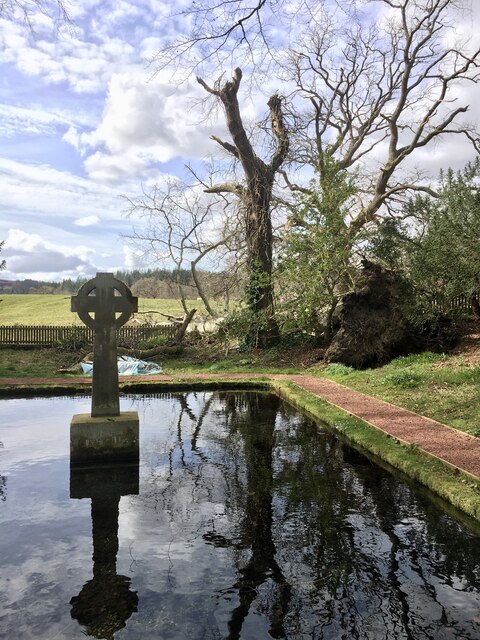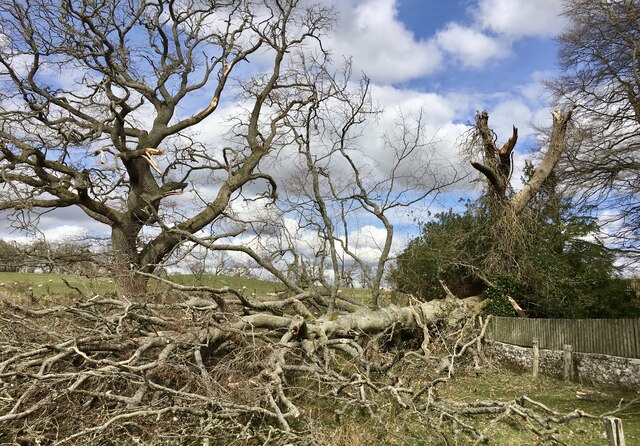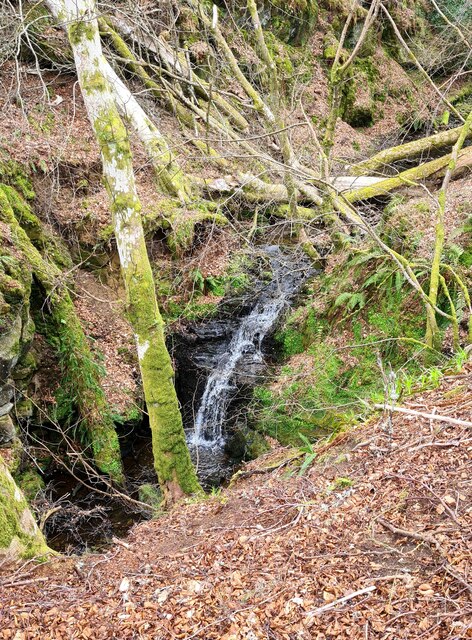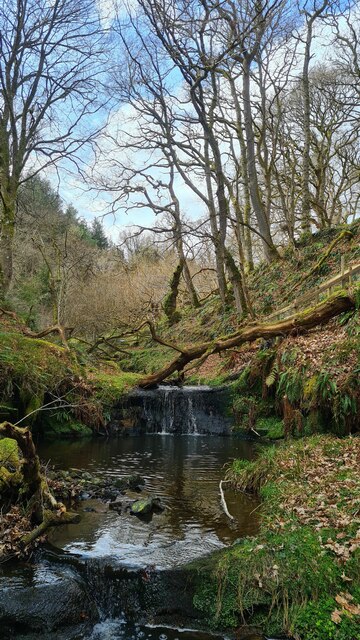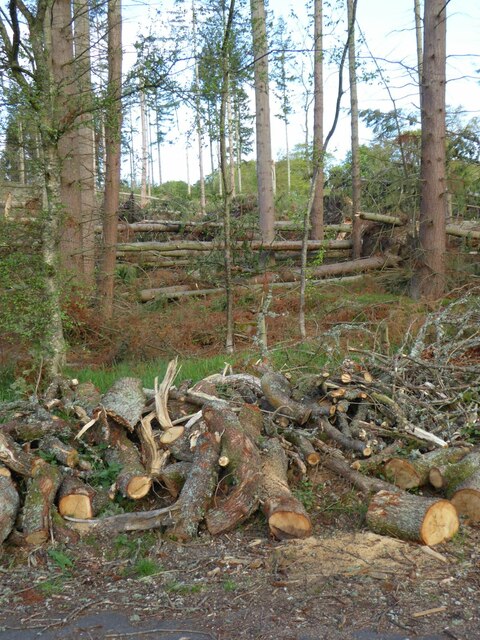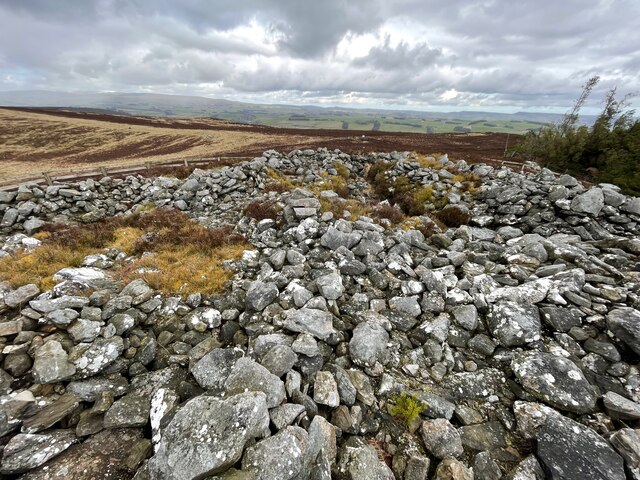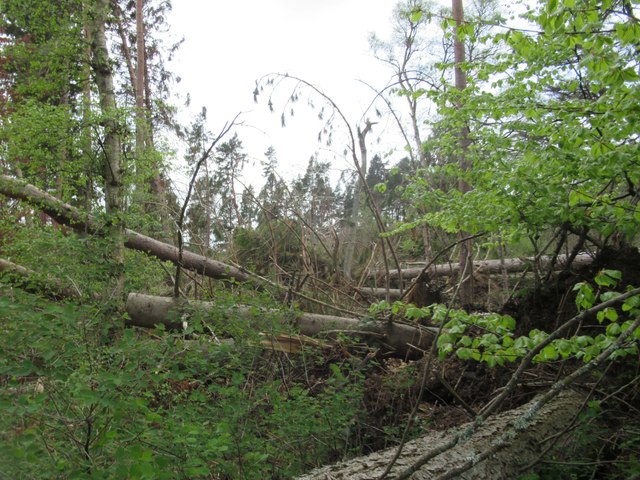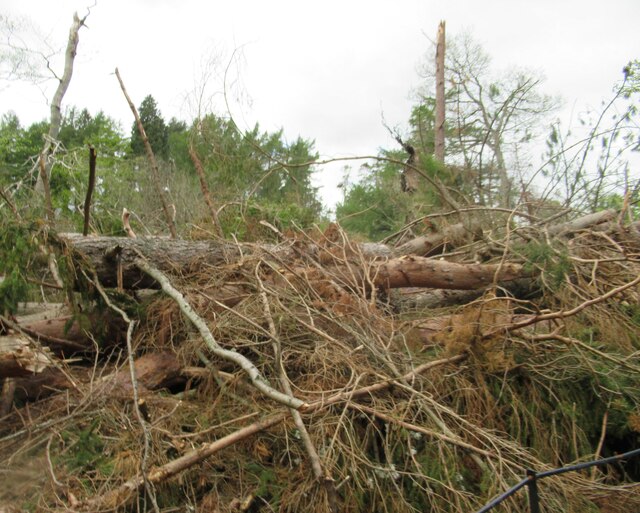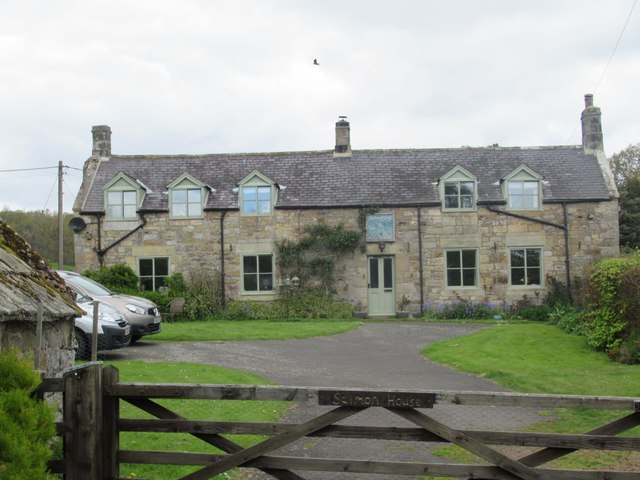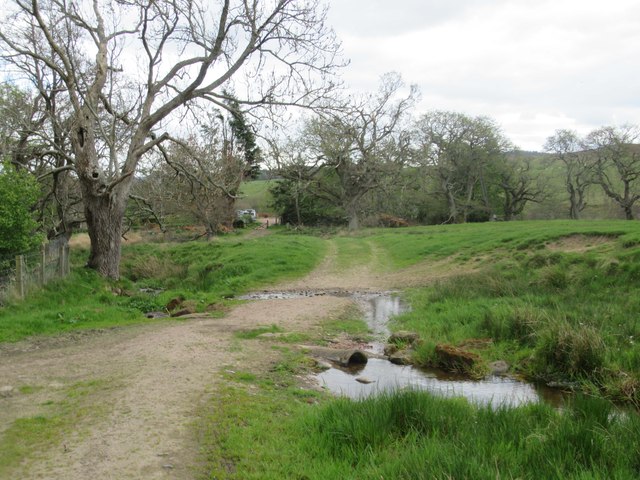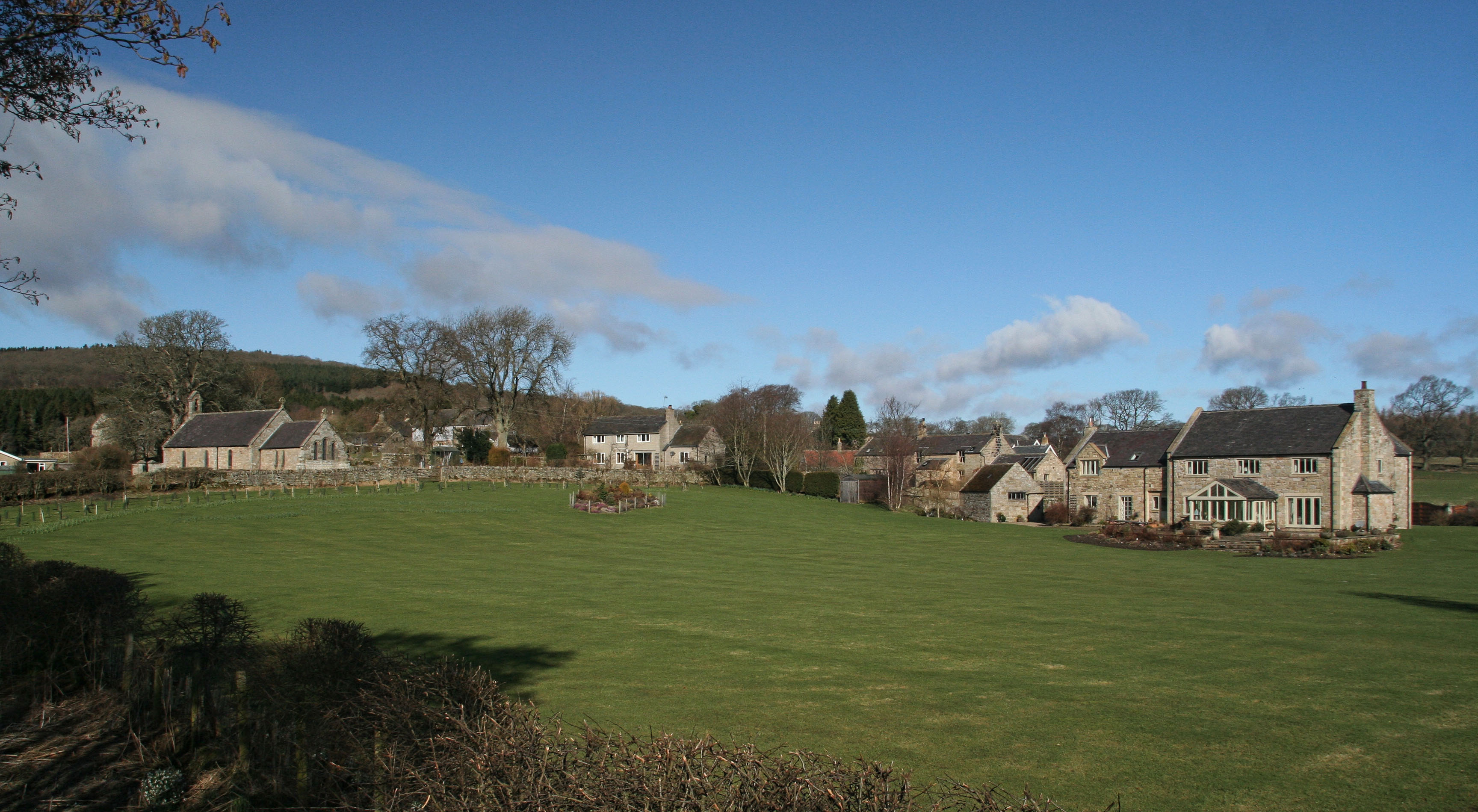Stell Plantation
Wood, Forest in Northumberland
England
Stell Plantation

Stell Plantation is a picturesque woodland located in the county of Northumberland, England. Covering an area of approximately 200 acres, it is nestled within the rolling hills and valleys of the Northumberland National Park. The plantation is known for its dense forest of predominantly coniferous trees, creating a serene and tranquil atmosphere.
The diverse range of tree species found in Stell Plantation includes Scots pine, Douglas fir, and Norway spruce. These trees provide a habitat for numerous bird species, including woodpeckers, owls, and finches, making it a haven for birdwatchers and nature enthusiasts.
The woodland is crisscrossed by a network of well-maintained footpaths, allowing visitors to explore and appreciate its natural beauty. These paths lead to hidden clearings and viewpoints, offering breathtaking vistas of the surrounding countryside. The plantation is also home to a variety of wildlife, such as deer, badgers, and squirrels, which can often be spotted during walks through the woods.
Stell Plantation is a popular destination for outdoor activities, attracting hikers, cyclists, and horse riders. The well-marked trails cater to all skill levels, offering both gentle strolls and more challenging routes. Additionally, the plantation provides a peaceful setting for picnics and family gatherings, with designated areas equipped with picnic tables and benches.
Managed by the Northumberland National Park Authority, Stell Plantation is a valuable conservation area that contributes to the preservation of the region's natural heritage. Its accessibility, scenic beauty, and diverse wildlife make it an ideal destination for those seeking a peaceful and immersive woodland experience.
If you have any feedback on the listing, please let us know in the comments section below.
Stell Plantation Images
Images are sourced within 2km of 55.303197/-2.0680955 or Grid Reference NT9501. Thanks to Geograph Open Source API. All images are credited.
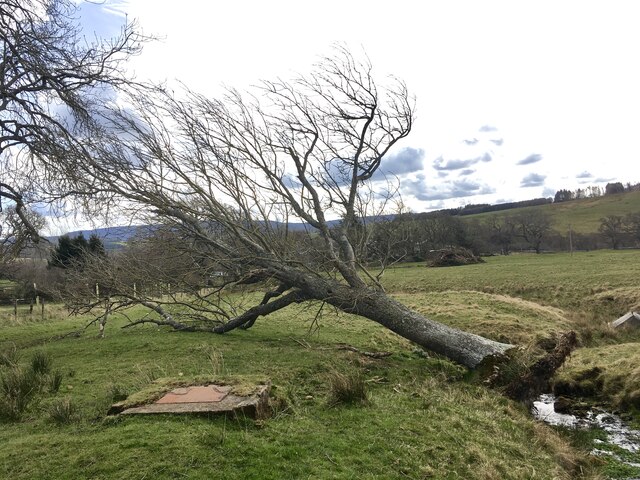
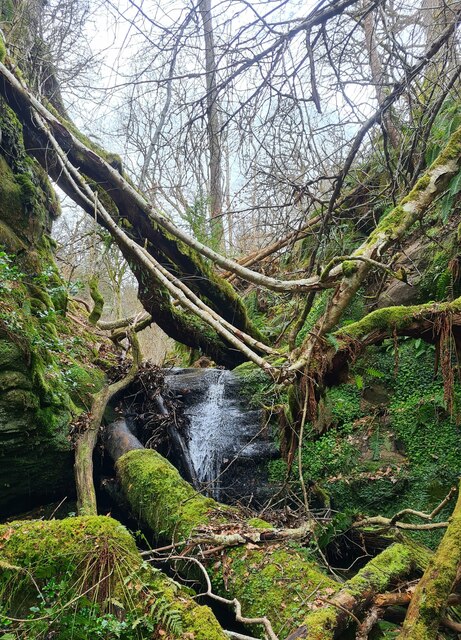
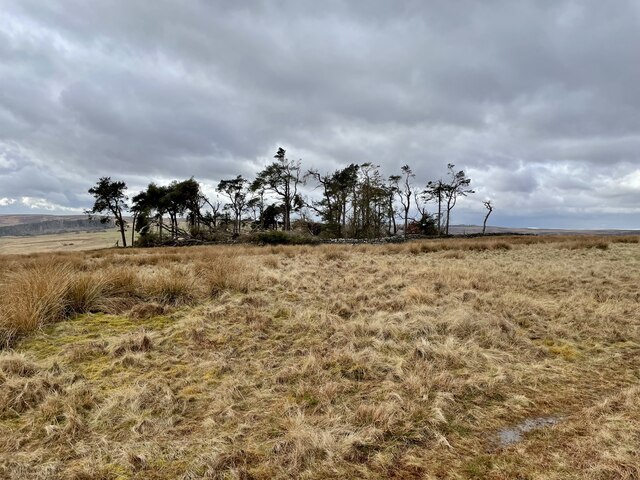
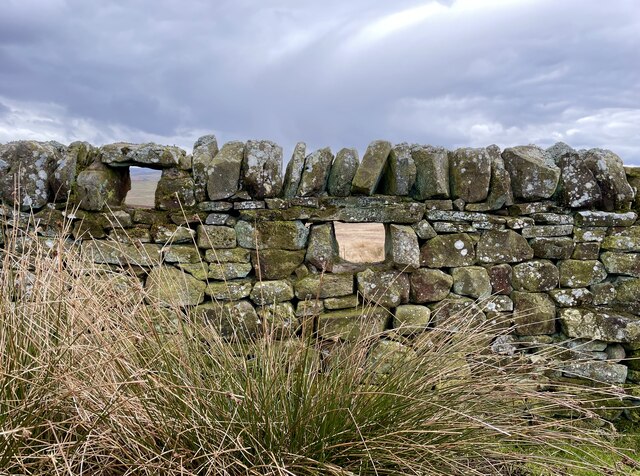
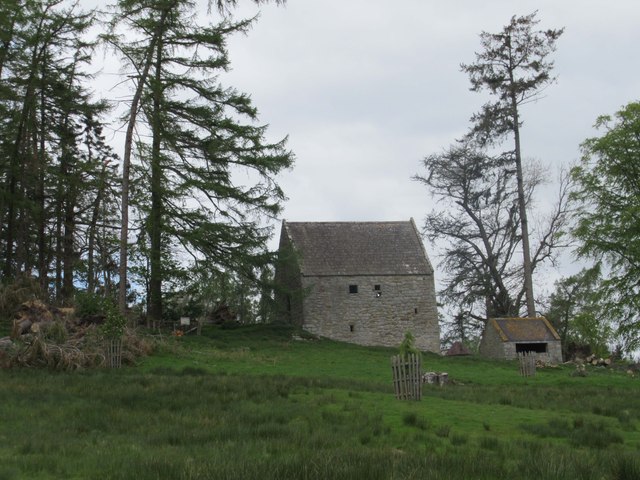

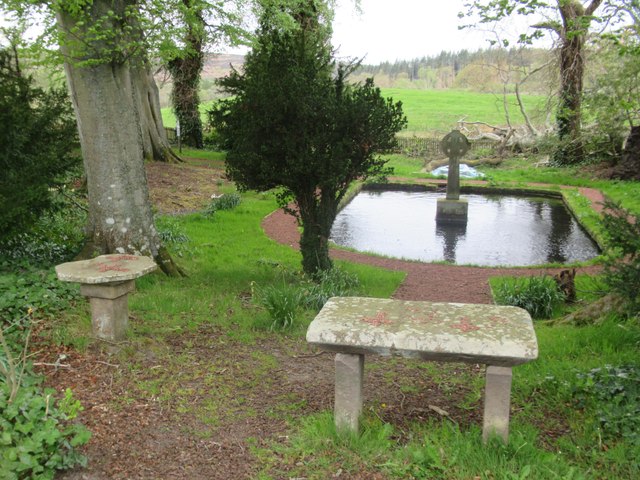
Stell Plantation is located at Grid Ref: NT9501 (Lat: 55.303197, Lng: -2.0680955)
Unitary Authority: Northumberland
Police Authority: Northumbria
What 3 Words
///giggle.nudge.sides. Near Rothbury, Northumberland
Related Wikis
Holystone, Northumberland
Holystone is a small village and former civil parish, now in the parish of Harbottle, in Northumberland, England. It lies on the edge of (and just within...
Sharperton
Sharperton is a small settlement and former civil parish, now in the parish of Harbottle, in Northumberland, England. Sharperton is the site of a deserted...
Hepple
Hepple is a small village and parish in rural Northumberland, 4 miles (6.4 km) west of Rothbury, which provides most of its local services. It is on the...
High Cove
High Cove is a major slip feature to the west of Grasslees Burn in the Simonside Hills, Northumberland, England. It contains several small rifts and caves...
Reivers Way
The Reivers Way is a long-distance footpath in Northumberland, passing through the Northumberland National Park and the Cheviot Hills. Totalling 242 kilometres...
Harbottle
Harbottle is a village and civil parish in Northumberland, England about 10 miles (16 km) south-east of the Scottish border, in the southeastern part of...
Harbottle Castle
Harbottle Castle is a ruined medieval castle situated at the west end of the village of Harbottle, Northumberland, England, 9 miles (14 km) west-north...
Billsmoor Park and Grasslees Wood
Billsmoor Park and Grasslees Wood is the name given to a Site of Special Scientific Interest (SSSI) in Northumberland, North East England, designated in...
Nearby Amenities
Located within 500m of 55.303197,-2.0680955Have you been to Stell Plantation?
Leave your review of Stell Plantation below (or comments, questions and feedback).
